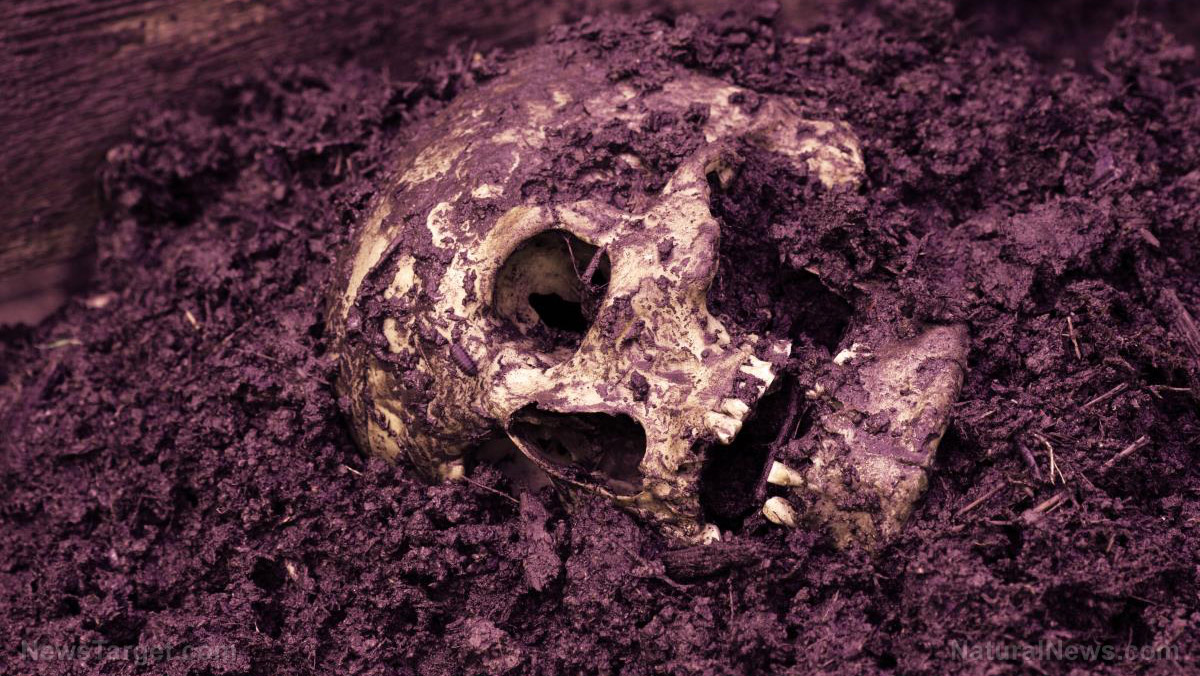
Humans were thought to have entered the Americas 12,000 years ago. However, the discovery of the skeletal remains of humans from 10,000 years ago challenges this theory.
The skeleton was that of a woman whose skull shape was different from that of others in the same region at the same period. Experts believed that this is proof humans have entered the Americas from different geographical points at separate times.
The 10,000 year-old skeleton has reshaped the understanding of how humans moved to the Americas. She was found by two divers in a low cave tunnel in fresh water at 8 meters in depth and 1141 diving distance from the Chan Hol cenote (sinkhole), near the Mexican city of Tulum.
While her skull has been smashed, experts are unsure whether or not this is the cause of her death. What is noticeable is that her skull is of a different form to other humans who are known to have lived in the region at this same time -- shortly after the end of the last ice age. Experts believe that this is proof that not all ancient people in the Americas entered the region in a singular population, as most other theories dictate.
Instead, it points that at least two physically different groups reached the Americas from different geographical points of origin.
Analysis of the remains suggests that there may have been multiple groups of early American settlers. According to the researchers, the woman, which they named Chan Hol 3, belonged to a 30-year-old Paleoindian woman. She was buried in the cave, which became flooded around 2,000 years after she died due to the rising sea levels.
Chan Hol 3 cranial characteristics different from other Paleoindian humans
Paleoindians were the first people to arrive and inhabit the Americas, and her skeleton, which was recovered by Mexican divers, is the tenth one to be found in the underwater cave system.
While not all ten skeletons were complete, all were well-preserved enough to allow for comprehensive analysis. Chan Hol 3 was seen to have a round head with broad cheekbones and a flat forehead. These features were similar to three other skulls, also from the Tulum caves.
However, her cranial characteristics were different from the long-headed Paleoindian skeletons that were found in the region.
"The Tulum skeletons may indicate that either more than one group of humans originally reached the American continent from different geographical points of origin, or that there was sufficient time for a small group of early settlers living in isolation on the Yucatan Peninsula, to develop a different skull morphology. In either case, the early settlement history of the Americas appears to be more complicated and may date back thousands of years earlier than commonly believed, according to the new human morphology data," said Dr. Silvia Gonzalez, a professor of geology at Liverpool John Moores University.
It is believed that Paleoindians journeyed across an ancient land bridge connecting Asia to North America during the last Ice Age before migrating to the Patagonian region in South America. However, the structure of Chan Hol 2's skull was different to other skeletons from a similar time period on the continent. This indicates that the existence of at least two morphologically different Paleoindian populations is possible.
Gonzales said, "The new results are important because they question the 'traditional model' for the peopling of the Americas with one single and homogeneous Paleoindian population migrating very fast from Beringia to Patagonia after 12,000 years ago. Our results indicate that at least two morphologically different Paleoindian populations were coexisting in Mexico between 12,000 to 8,000 years ago, one in Central Mexico and the other in the Yucatan Peninsula."
Follow Artifacts.news for more archeological discoveries about the ancient peoples who settled in America.
Sources include:
Please contact us for more information.
















